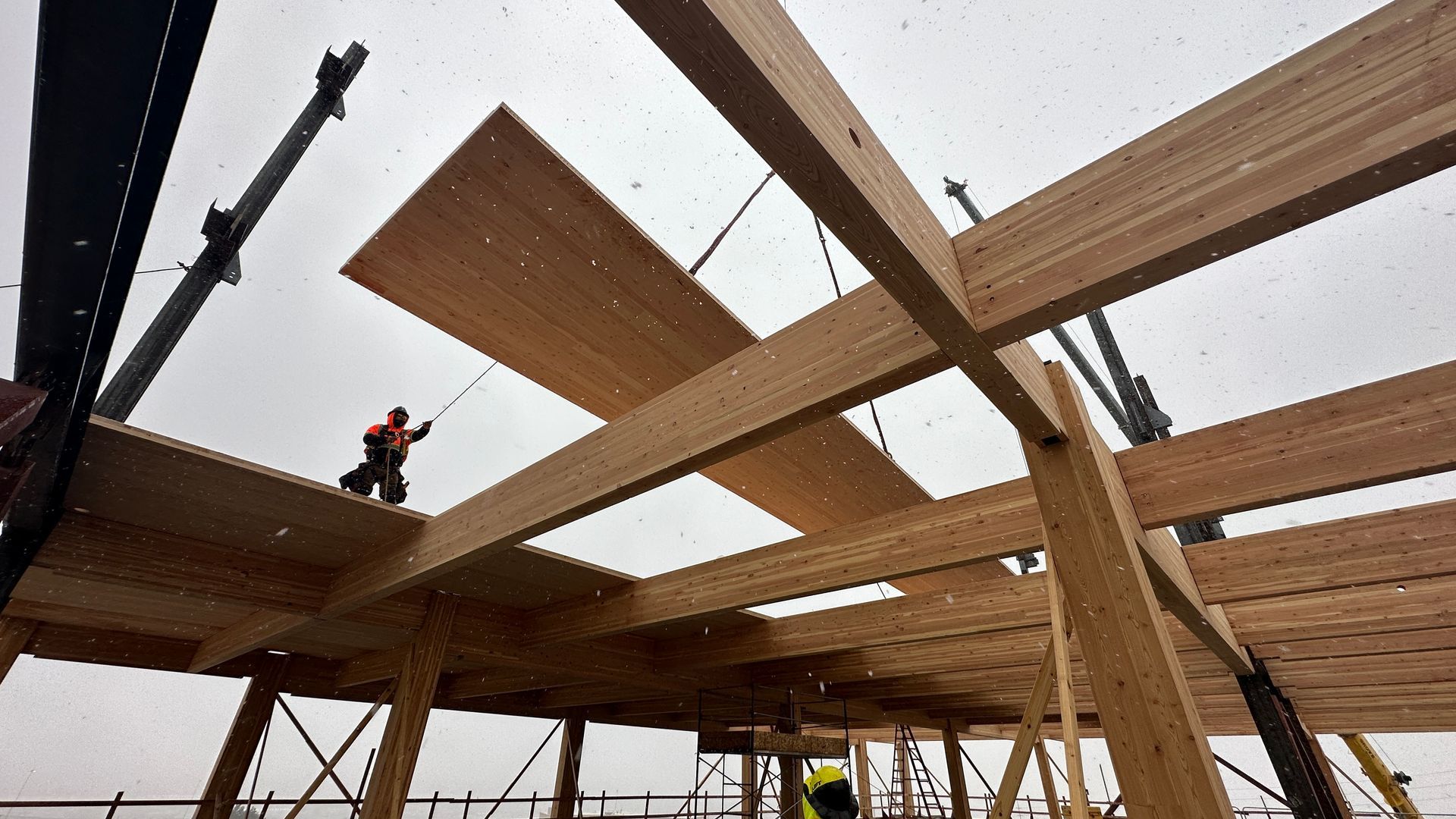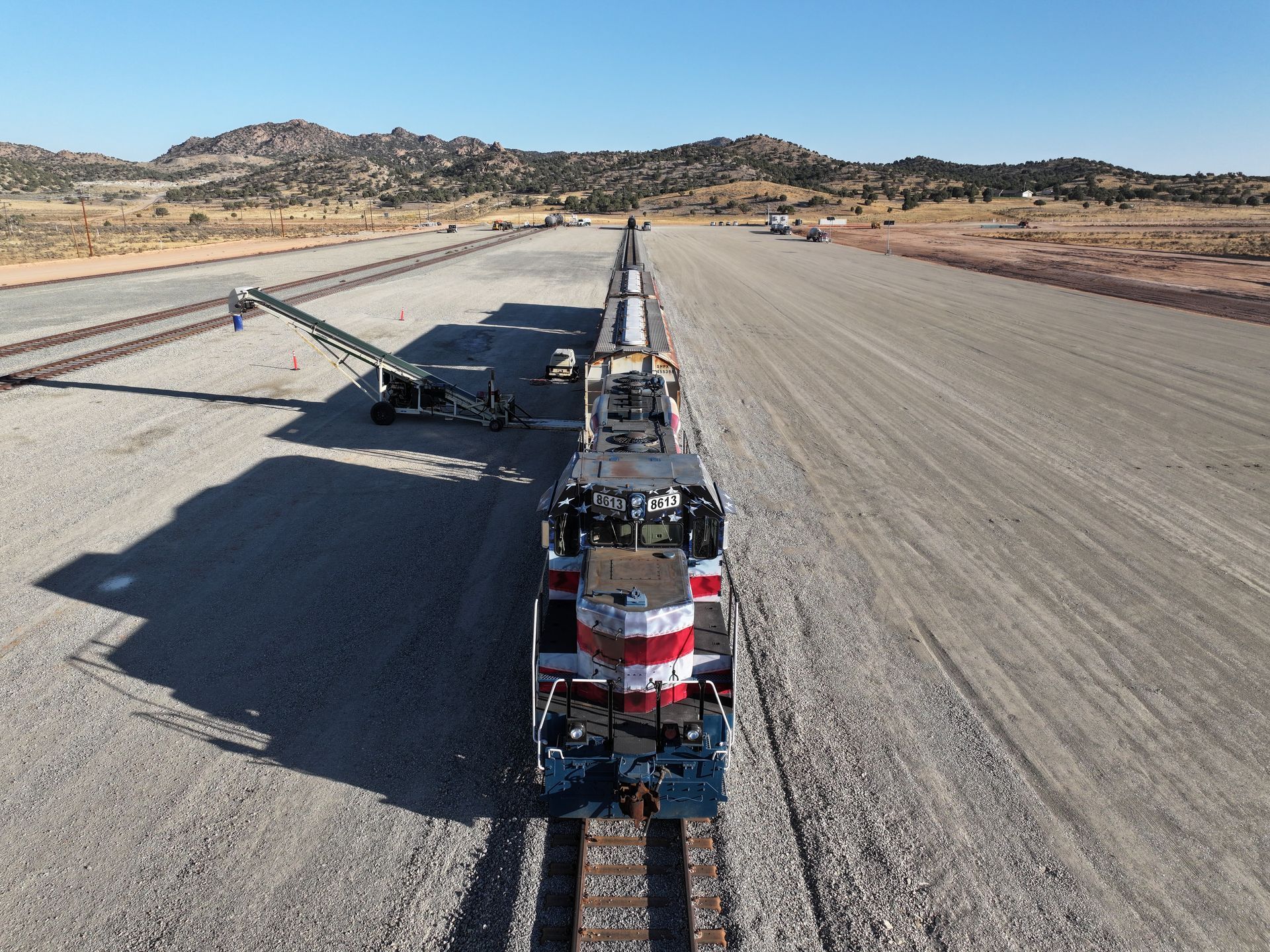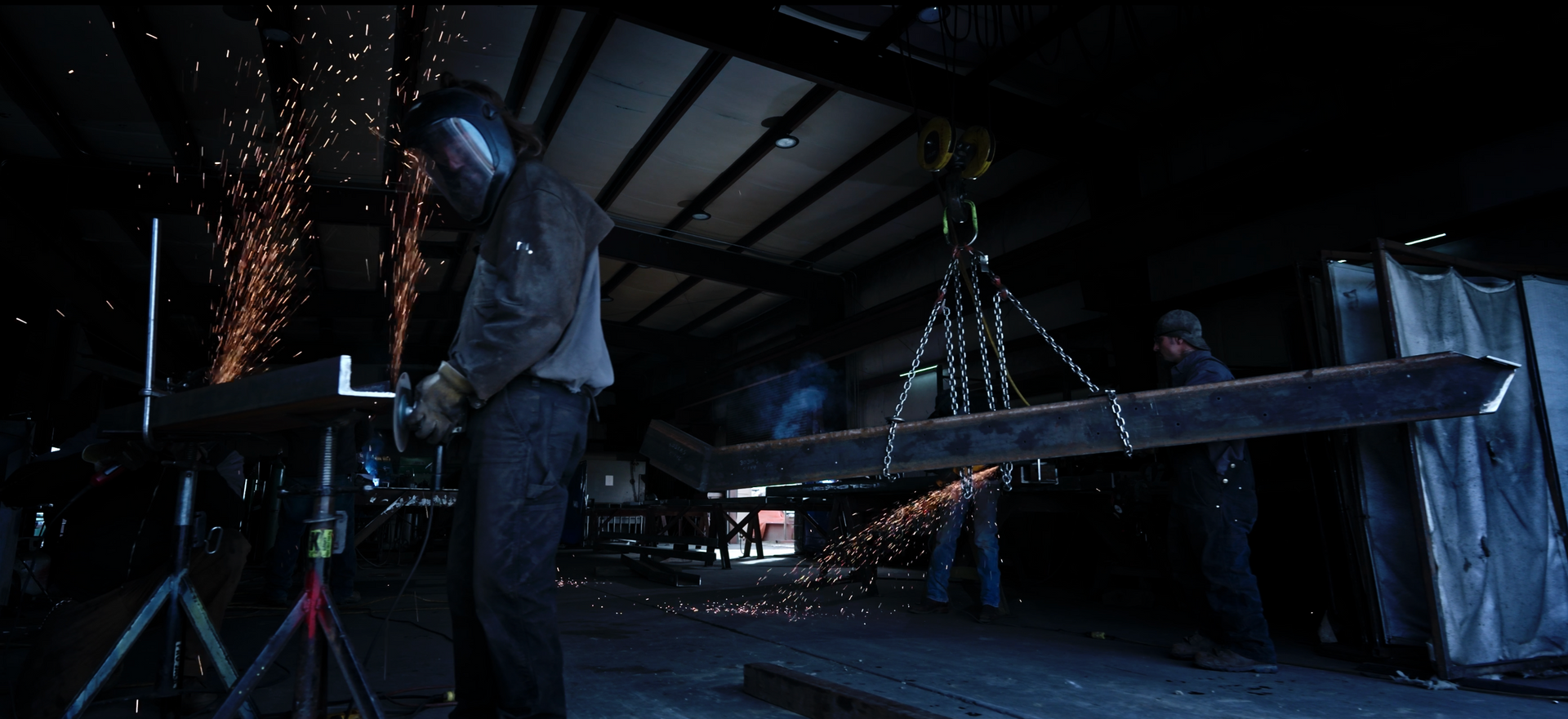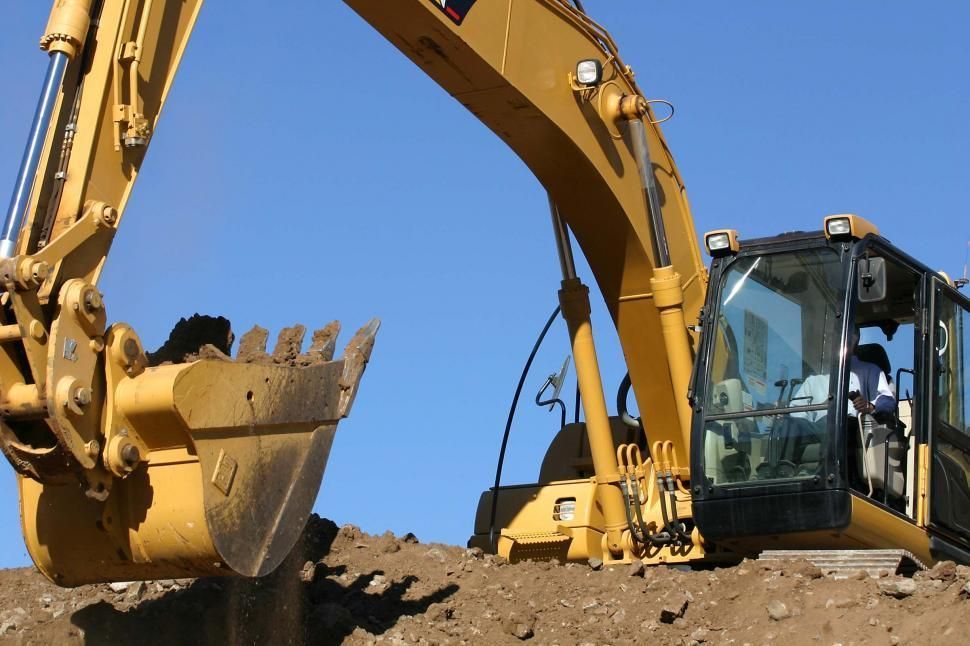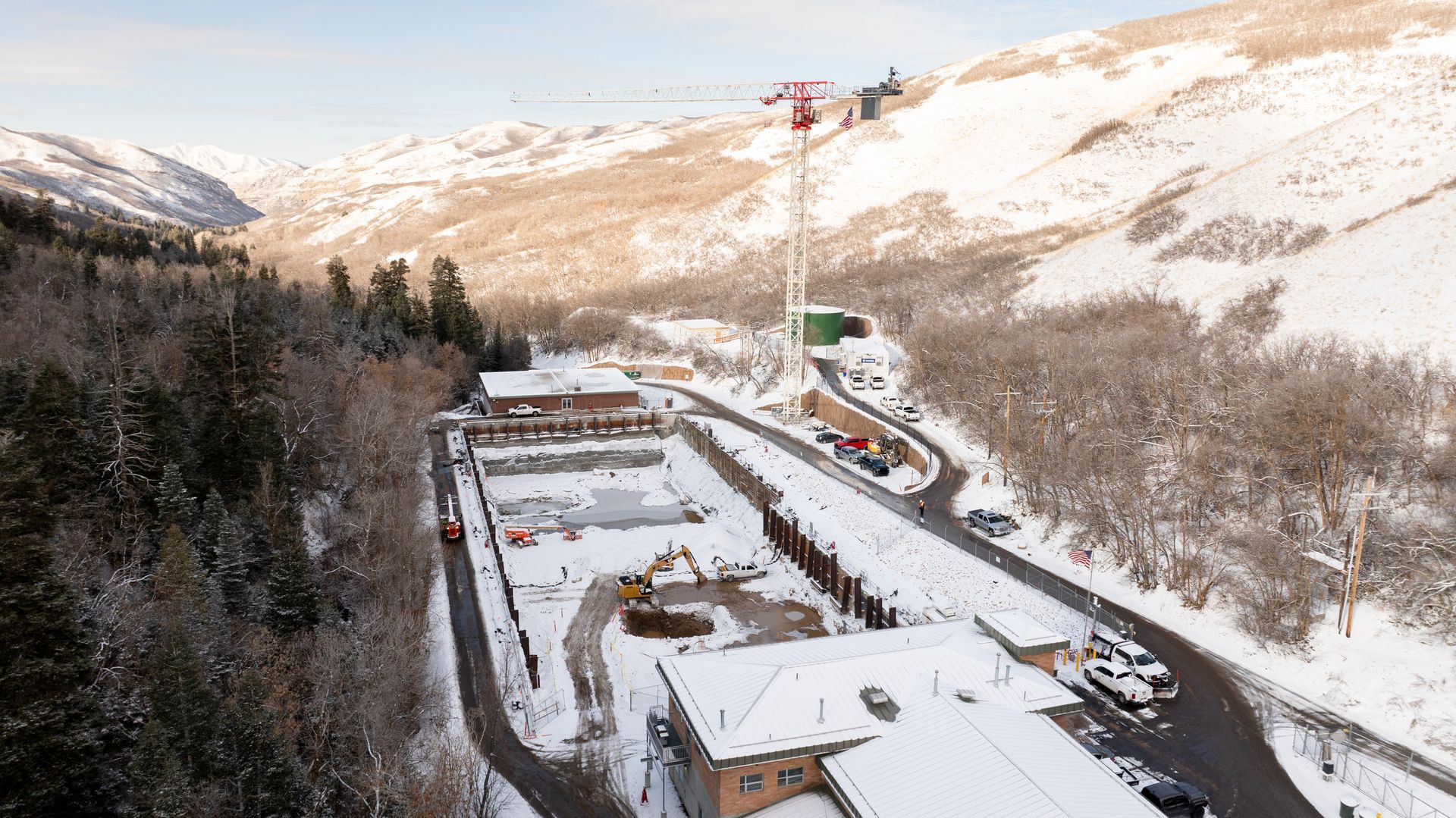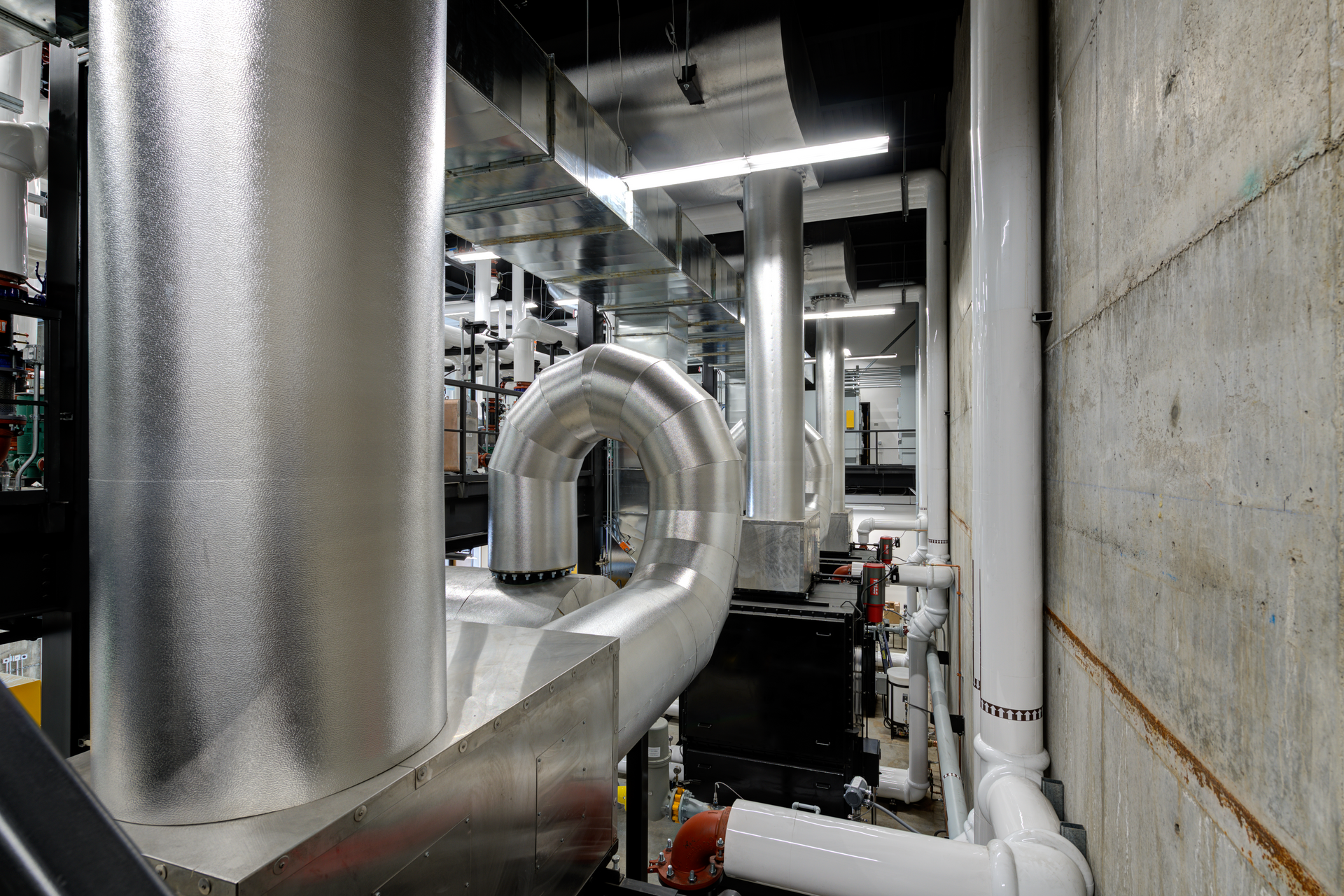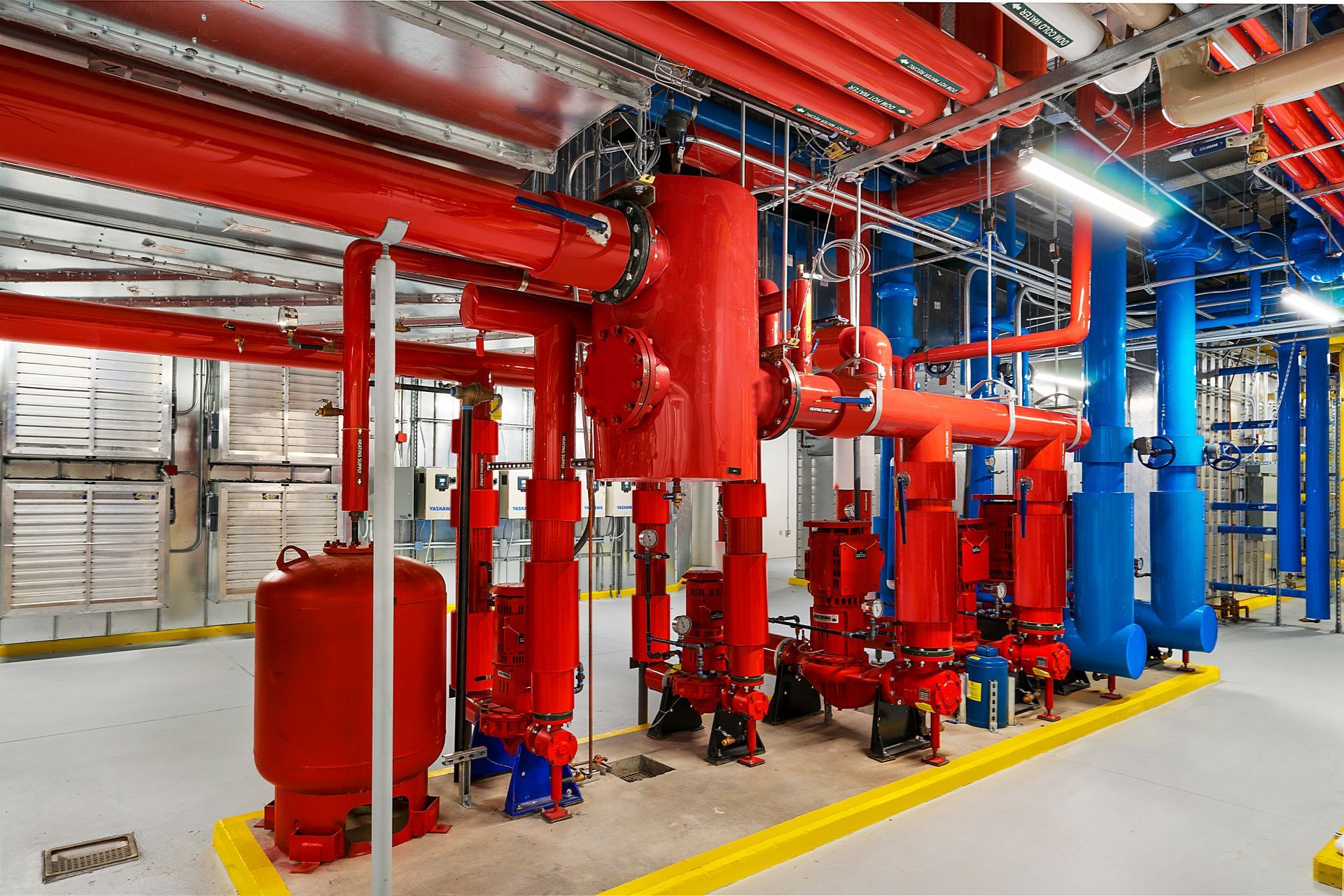Electrification, efficiency, and a new era of collaboration are all trends to watch for as mechanical contractors and engineers set up buildings for future success. By Taylor Larsen
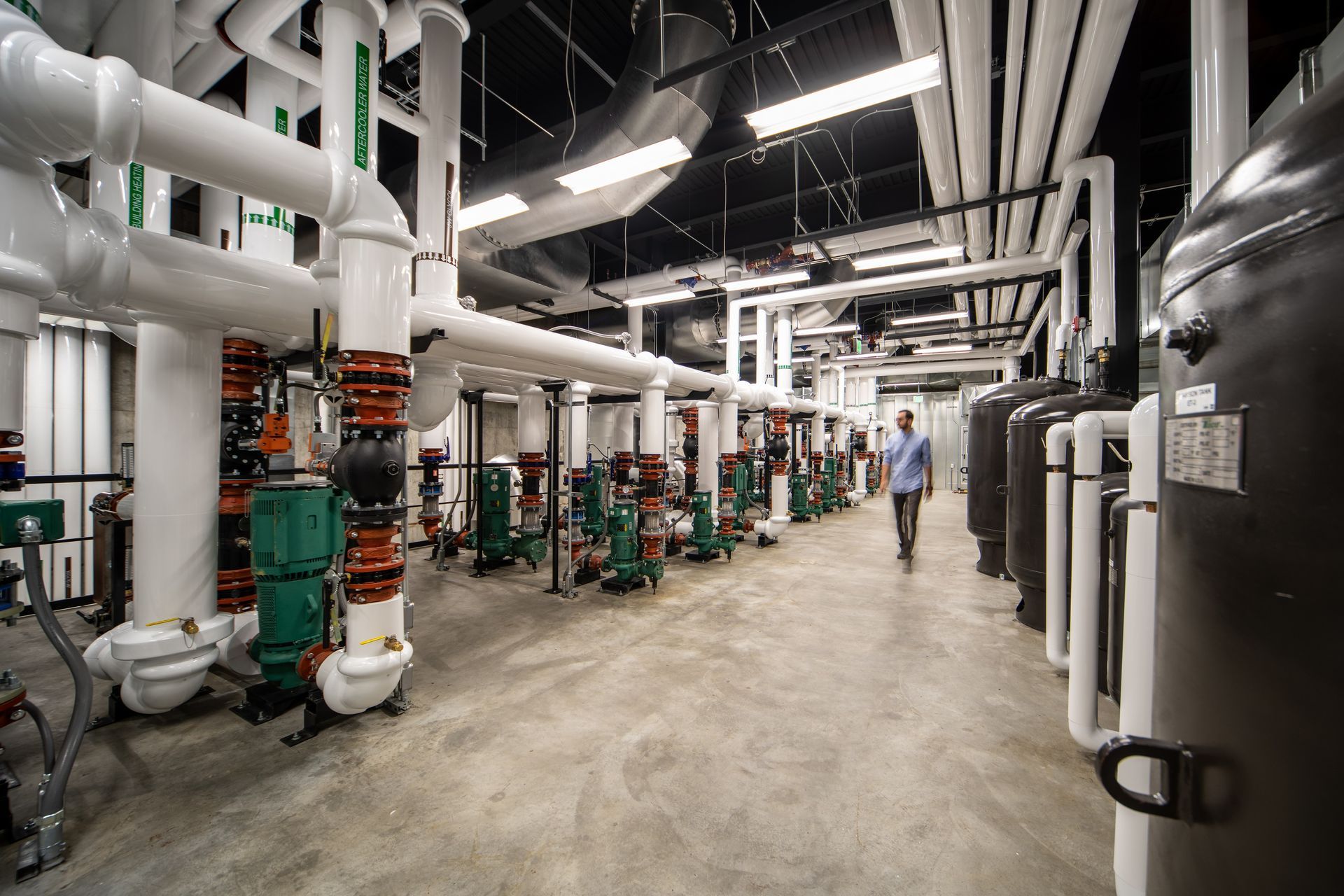
Mechanical work from VBFA is visible in the Snowbird Cogeneration Plant, while Archer Mechanical’s work on the U of U’s HELIX building was a success in utilizing heat recovery chillers. Colvin Engineering and Associates is working together with Archer Mechanical on the James LeVoy Sorenson Center for Medical Innovation at the U, which will have a 42,000-gallon water tank that will function as a “thermal battery” for the building.
Efficiency, Panelized Fabrication Trend Upward
For Nick Rickards, Vice President of Archer Mechanical, the progress toward higher levels of efficiency is the most promising and accepted trend in the mechanical field.
“Systems are being designed to capture and repurpose what was once wasted energy,” he said. Whether it be heat recovery ventilators, thermal storage designs, or grey water heat recovery, “designers are cognizant of the waste within a mechanical and plumbing system, and it seems change is here to stay.”
Rickards and the Archer Mechanical team have seen these trends play out at the Spencer F. Eccles School of Medicine, where the building's heating is provided by six modular water-to-water heat pumps connected to the campus chilled water return.
Instead of prioritizing only ventilation and indoor air quality from previous ASHRAE guidelines (ASHRAE 62), mechanical teams are upping their game and utilizing equipment that maximizes energy efficiency within the HVAC system (ASHRAE 36).
Rickards expressed caution about predicting what would happen after refrigerant mandates go into effect with the new year to minimize global warming potential (GWP) from the refrigerants. While GWP decreases, flammability will increase with the new refrigerants, and teams will look to minimize issues with refrigeration detection systems and alarms to keep the building regulated.
As systems grow more efficient and find new ways to capture and reuse waste, Rickards has found that proactively communicating with the engineer continues as a best practice.
“It’s where we’ve thrived at Archer, being involved in the critical decisions and designing a project to a number,” Rickards said. Like Smith at VBFA, Rickards said their work with the electrical team is mutually beneficial, aligning the project from the start to right-size power and equipment needs for the mechanical scope. But it will take additional buy-in to make that the norm on every project.
“It’s an uphill battle, there are plenty of people who don’t want to fix what they think isn’t broken and they want what’s easy,” said Rickards. “This is a culture change, and one thing we have to be consistent at pushing because the teams that are embracing it are thriving.”
This part of the trend—onboarding everyone with the right mindset through design and into the construction portion of the project—will be a key differentiator for trade partners winning bids. Working together will always win out, but one trend he hopes to see change is in the world of prefabrication.
“We all do prefabrication now,” said Rickards. “We don’t do prefabrication together, and I think that’s going to change.”
He sees panelized walls with pipe and conduit going in, multi-trade racking, and other trade collaborative solutions will be how the industry maximizes safety, schedule, and profitability.
“It’s going to be a challenge for the industry over the next five to ten years,” Rickards continued. It will be incumbent on the different players within the industry to work out how this type of modular work shifts risk so that value matches up with compensation.
What’s Next?
While there is no easy button for mechanical teams to magically transform a building into a gold standard of efficiency without some financial muscle, maximizing efficiency is achievable on any budget. As trends come and go, mechanical systems professionals and their project teams must find alignment on the project to bring forth the best product forward.
